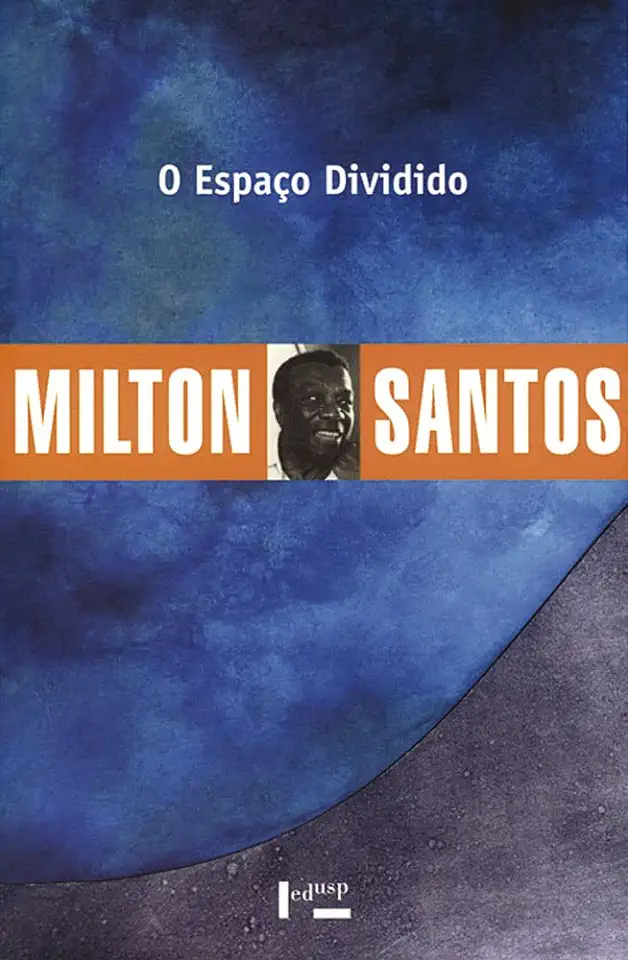
The Divided Space - Milton Santos
The Divided Space: A Perspective on the Geography of Third World Cities
Introduction
In his seminal work, "The Divided Space", Milton Santos presents a groundbreaking analysis of the spatial inequalities that characterize Third World cities. Drawing on case studies from across the globe, Santos argues that these inequalities are not simply the result of economic disparities, but rather are deeply rooted in the historical and political processes that have shaped these cities.
The Colonial Legacy
Santos begins by examining the colonial legacy of Third World cities. He argues that the colonial powers imposed a spatial order on these cities that was designed to serve their own economic and political interests. This order was characterized by a sharp division between the European city and the indigenous or African city. The European city was the center of economic and political power, while the indigenous or African city was relegated to a peripheral role.
The Postcolonial City
After independence, many Third World cities experienced rapid growth. However, this growth was often accompanied by increasing inequality. The European city continued to dominate the economy and politics, while the indigenous or African city became increasingly marginalized. This process of marginalization was exacerbated by the influx of rural migrants to the cities. These migrants often ended up living in slums or informal settlements, where they lacked access to basic services and infrastructure.
The Divided Space
Santos argues that the spatial inequalities that characterize Third World cities are a reflection of the broader social and economic inequalities that exist in these societies. He uses the term "divided space" to describe the way in which these cities are divided into two distinct worlds: the world of the rich and the world of the poor. The rich live in gated communities and exclusive neighborhoods, while the poor live in slums and informal settlements. This division is not only spatial, but also social and economic. The rich and the poor have little contact with each other, and they live in very different worlds.
The Challenge of Urban Inequality
Santos concludes by arguing that the challenge of urban inequality is one of the most pressing issues facing Third World cities today. He calls for a new approach to urban planning that is based on social justice and equity. This approach must address the root causes of inequality, such as the colonial legacy and the global economy. It must also promote the participation of the poor in the planning process. Only then can we hope to create more just and sustainable cities.
Conclusion
"The Divided Space" is a must-read for anyone interested in understanding the spatial inequalities that characterize Third World cities. Santos provides a powerful analysis of the historical and political processes that have shaped these cities, and he offers a compelling vision for a more just and sustainable future.